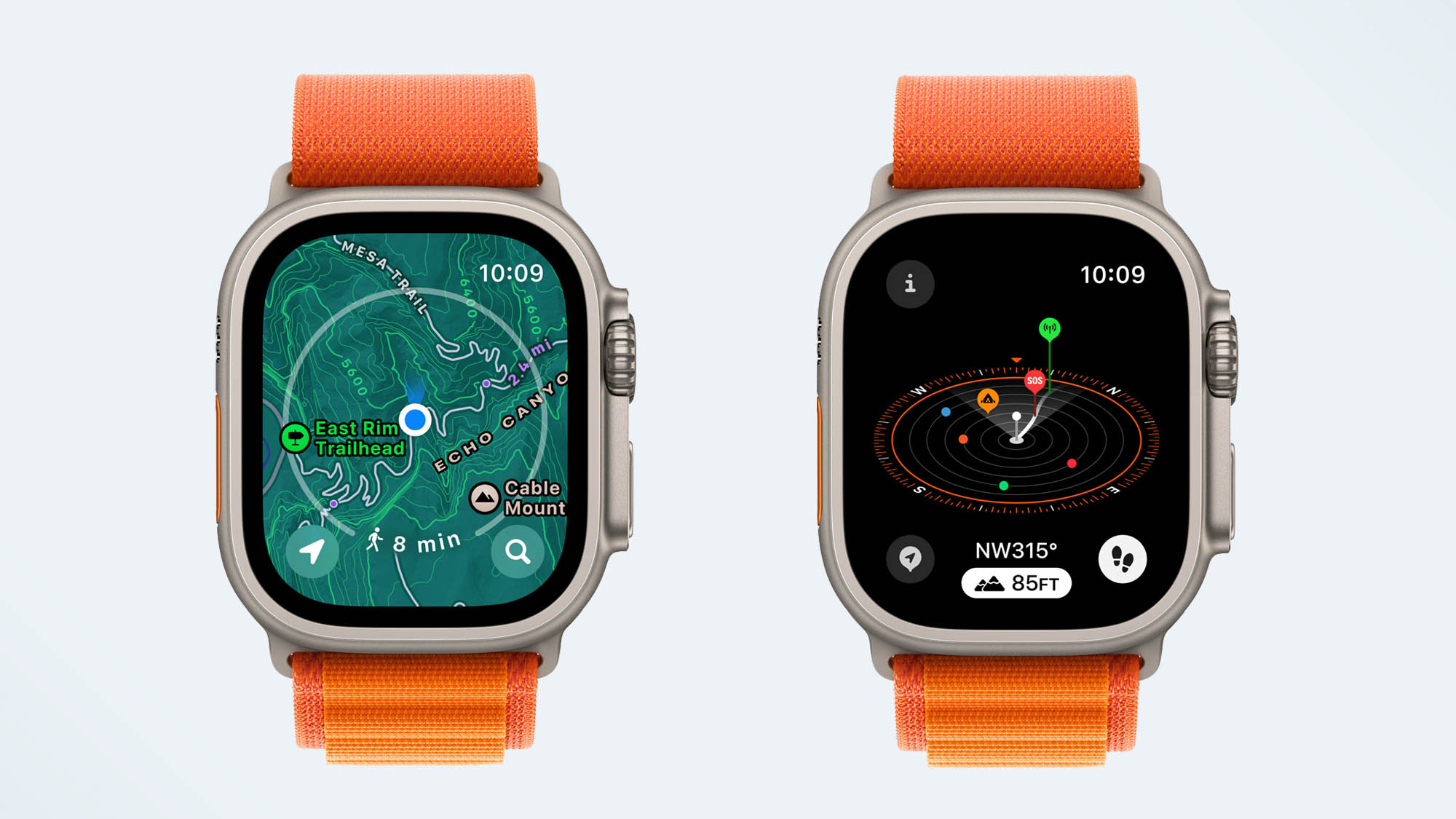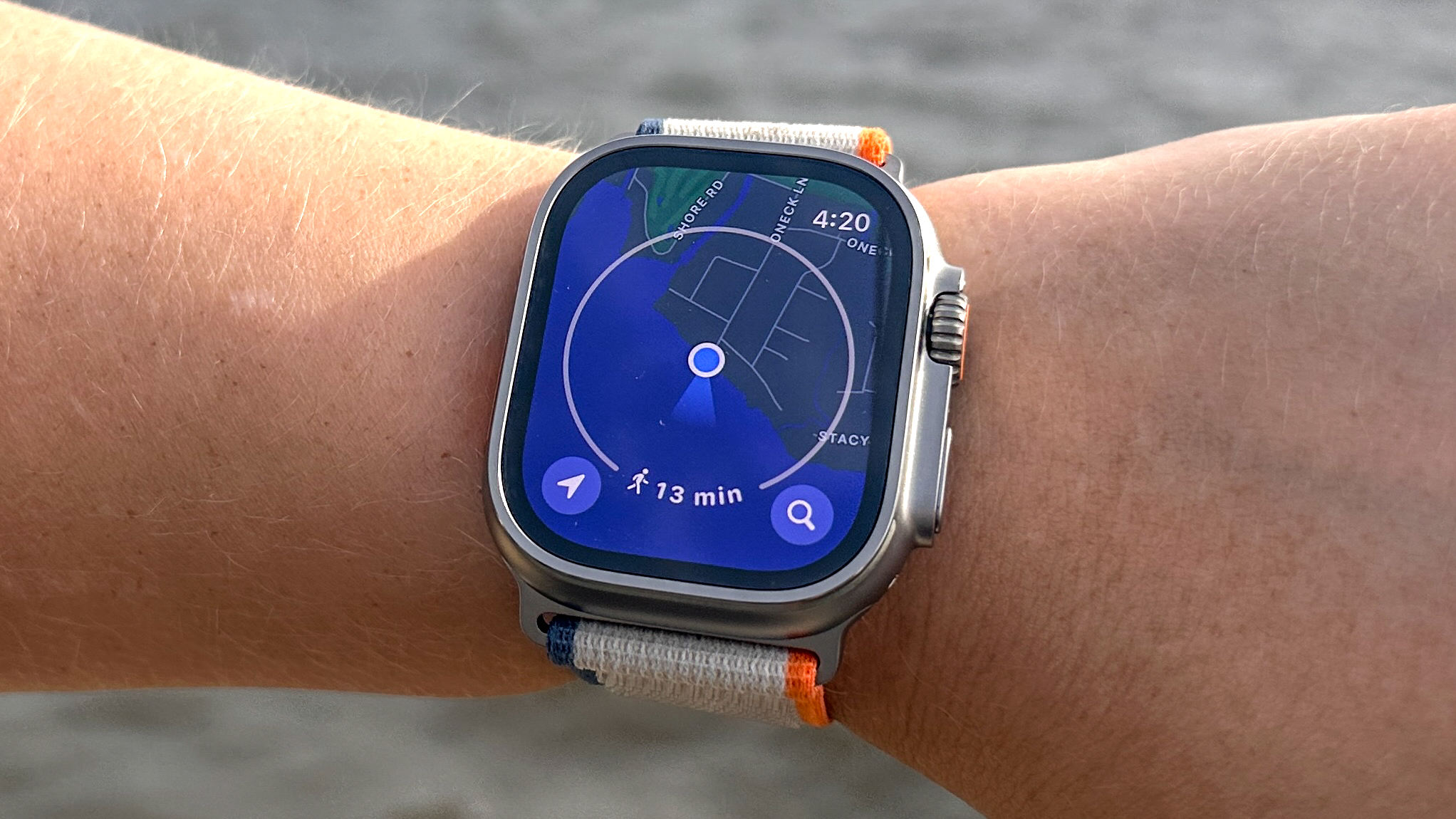I’m an avid hiker — and these are my 5 favorite Apple Watch features

If you just got a brand new Apple Watch and love outdoor adventures, I have great news: Apple Watches are chock-full of useful tools for hikers, backpackers and campers. These features are not exclusive to the latest models, either. Many of my favorite new Apple Watch features were introduced with watchOS 10 back in September.
Some are focused on encouraging exploration, others on user safety and peace of mind. I especially appreciate the latter as trekking out into the wilderness can be intimidating, even with other experienced individuals alongside. Fortunately, the best smartwatches are built with safety in mind, including the best Apple models.
But safety and exploration are just part of the equation. Read on for my full take on the best new Apple Watch features for hikers and outdoor thrill-seekers in 2023.
1. Waypoints and Backtrack

These two important safety features are available on Apple Watch Series 6 devices and newer, running the latest watch10 OS.
Waypoints work like this: When beginning a hike, the Compass app automatically tags two important coordinates: the last location where you had cell service and the last location where an emergency can be made via any carrier. As you continue your trek, those waypoints update if new cell signals are detected along the route.
If you’re ever in an unfortunate situation where immediate professional medical attention is required — and I hope you never are — knowing the distance to the nearest contact point can be hugely helpful, not to mention nerve-calming.
Another useful feature for emergencies is the Apple Watch Backtrack tool. It guides users via digital breadcrumbs back to either a waypoint or their starting point.
Get instant access to breaking news, the hottest reviews, great deals and helpful tips.
2. Improved topographic maps

Also introduced as part of watchOS 10, a new topographic map view shows contour lines and shading to indicate elevation change. As someone who lives in a particularly mountainous region of the U.S., I quite appreciate this feature. After all, it’s not how many miles you've hiked but how much elevation you've gained.
Topographic maps, as with standard maps, can be saved for offline viewing and exploring.
3. Better trail data in the Maps app
Along with the super-handy topographic view, Apple updated the Maps experience with newly marked location points for trailheads and other notable landmarks accessible by foot.
Tagged trails include the name and length of the hike, as well as user-submitted photos. These can be handy in determining whether a route with elevation gain is worth the burn based off of the "payoff" snaps from the top.
4. The ‘what’s walkable?’ feature

The “what’s walkable” tool is another new addition to Maps. Though it is intended more for urban hikes than nature-oriented ones, you’d be surprised what points of interest you can find seemingly in the middle of nowhere.
When using it, a circle, or "Walking Radius," appears on the Map’s interface. Inside, markings denote various landmarks and points of curiosity, with the travel time for each listed in minutes. Turning the watch crown expands and shrinks the Walking Radius, providing fewer or greater landmarks to select from.
My favorite use for it? Figuring out the nearest pub for a cheeky/frosty post-hike pint.
5. Siri works offline
Thanks to an upgrade to the all-new S9 processor, folks rocking the Apple Watch Series 9 can interact with Siri offline. How? The onboard Neural Engine handles all of Siri’s processing, so there’s no need for an Internet connection when issuing the digital assistant commands or asking basic questions.
I find this useful for tasks like determining when the sun will set or how long the drive home might take, which I can do without breaking my stride or taking my eyes off the trail. Siri imparts this knowledge verbally and efficiently.
It can also be useful in figuring out queries like, “Will eating this strange-looking berry result in a trip to the bathroom?” Pro tip: Don’t ever eat unknown berries, mushrooms, bugs, etc.
Apple Watch features for hikers — what's next?

Ultimately, 2023 is the year Apple proved to me that it takes hiking seriously. And you don't need the latest, greatest wrist tech to benefit. Users of Series 6 devices (from 2020) and newer get all but offline Siri support with a simple upgrade to watchOS 10.
We’re all about backward compatibility here at Tom’s Guide, especially when it comes to newly introduced safety features. And I hope to see Apple include even more of these — as well as more tools specific to outdoor adventurers — in future product and software releases.
Trail data for ski/snowboard mountains, for instance, would be most excellent, as would expanding the trail data to areas outside the U.S.
More from Tom's Guide
- watchOS 10 is out now — 7 new Apple Watch features to try first
- How claims of stolen tech forced Apple to pull Apple Watch 9 and Apple Watch Ultra 2
- Apple Watch Ultra 2 review: It’s the ultimate Apple Watch

Dan Bracaglia is the Tom’s Guide editorial lead for all things smartwatches, fitness trackers and outdoor gear. With 15 years of experience as a consumer technology journalist testing everything from Oura Rings to instant cameras, Dan is deeply passionate about helping readers save money and make informed purchasing decisions. In the past year alone, Dan has assessed major product releases from the likes of Apple, Garmin, Google, Samsung, Polar and many others.
An avid outdoor adventurer, Dan is based in the U.S. Pacific Northwest where he takes advantage of the beautiful surroundings every chance he gets. A lover of kayaking, hiking, swimming, biking, snowboarding and exploring, he also makes every effort to combine his day job with his passions. When not assessing the sleep tracking and heart rate accuracy of the latest tach gadgets, you can find him photographing Seattle’s vibrant underground music community.
